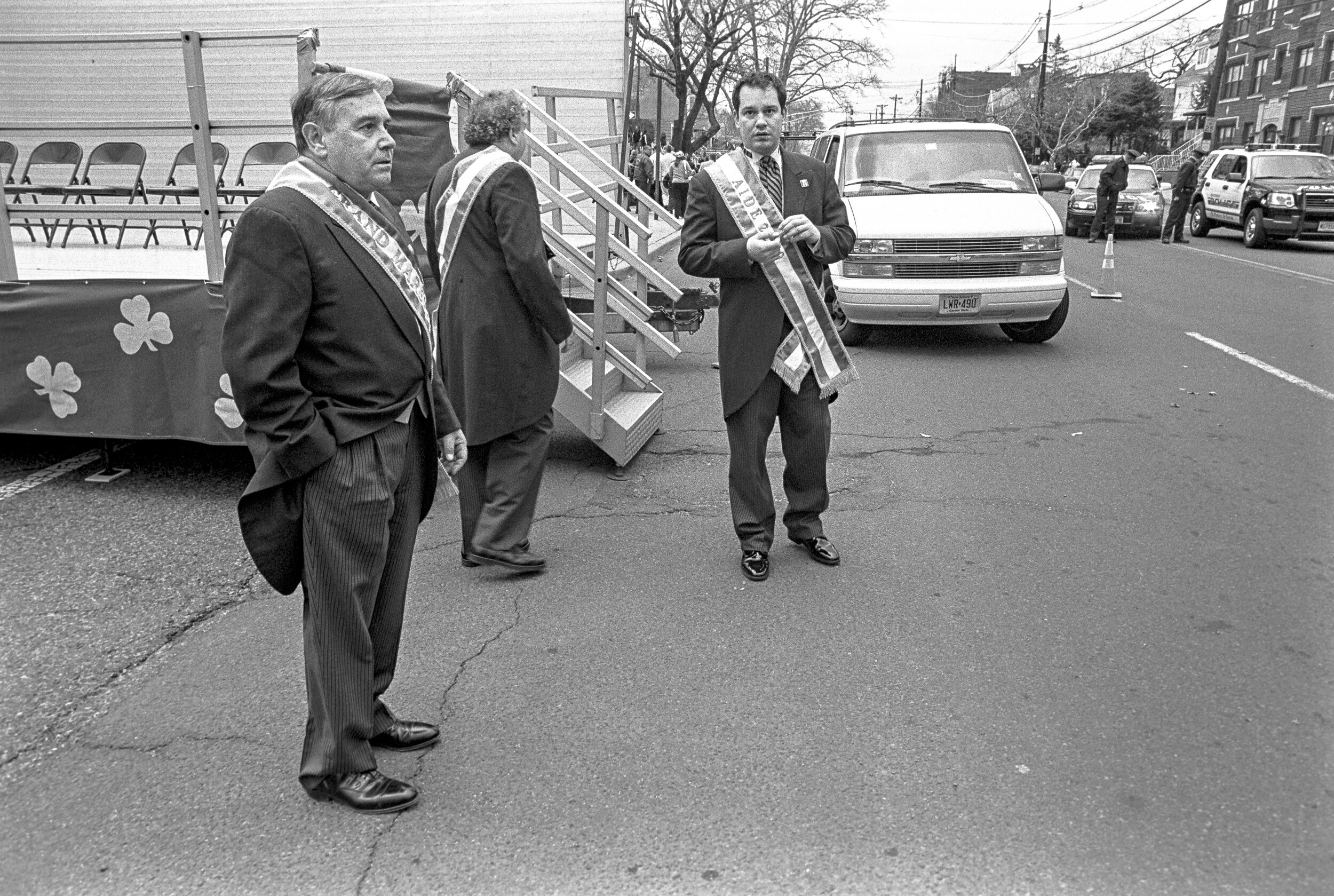St. Patrick's Day
2009-open ended
-text below gallery-
St. Patrick’s Day
March 18th, 2019
“A country that once reviled the Irish now wears green on St. Patrick’s Day. That’s something to raise a glass to.”
-CHRISTOPHER KLEIN
While still very much a day of pride for the nearly ten percent of Americans with ancestors from the Emerald Isle, today, St. Patrick's Day has become an American holiday, celebrated widely among those without any Irish Catholic heritage whatsoever.
With that said, there are certainly some questionable elements regarding the modern adoption of the holiday. The most obvious being the debauchery and excessive drinking enjoyed by those of all backgrounds on the holiday, which seemingly “celebrate” old Irish stereotypes. The same eyebrow can be raised for “Irish Car-bombs,” a common bar order of the day, as well as people dressing up as leprechauns and other cliché costumes.
On the flipside of this coin of imperfect assimilation, I remember my fellow elementary school classmates of Jewish, Muslim and Protestant faiths dressed in green and having to cut out paper shamrocks as decorations for the not-so-secular holiday. It’s very possible classroom innoculations like these assisted in the development of St. Patrick’s Day’s observance by the general population, as some of these same students surely found themselves at a bar, once again dressed in green, throwing back shots, years later.
Having Irish ancestry myself, maybe the negative adaptations of St. Patrick’s Day should disturb me— but they don’t. Instead, I find them and the entire holiday to be an interesting phenomenon, and the absurdness of it all only continues to make it one of my favorite holidays.
There are not many ethnically specific holidays in America that have resulted in such widespread, enthusiastic and oblivious participation. Cinco de Mayo is the only other holiday I can think of that compares. They are both more popularly observed in the United States than in the countries from which they hail, they both involve excessive drinking and are rife with culturally insensitive costumes worn by people who do not claim those ancestries and who usually have no clue of the origins or purpose of the holiday which they are celebrating. To me, this makes both of these celebrations profoundly American.
And quite honestly, it is not as if St. Patrick's Day did not deserve some contemplation before this modern era.
It is believed that St. Patrick was of British origins. Anyone with a basic knowledge of Ireland’s history over the last several hundred years would find this fact about the country’s patron saint a bit ironic. The only fact that people usually do know of St. Patrick is that he cast the snakes out of Ireland, yet there is no evidence that snakes ever existed on the island. Even when acknowledging that "snakes" were used as a religious metaphor for paganism, this is still a humorous fact.
The "traditional" fare of the holiday also has roots far beyond the shores of the island. Irish white potatoes are of South American origin. The original “ash” process for making Irish soda bread is attributed to Native Americans. The beloved Irish corned beef and cabbage eaten on St. Patrick’s Day is very much of Jewish-American origin. It is an American immigrant mash-up.
This mash-up represents what I feel is the underlying significance of St. Patrick's Day as a holiday in our nation: the celebration of the American immigration story and the subsequent, curious sharing and melding of cultures. The story is one known by so many in our nation whose family came to this country in hopes of finding a better life, struggled and endured sacrifice, made it their home and helped make it into the country it is today.
Though this ideal, personal understanding of the holiday’s significance is likely not in the forefront of the minds of the green clad revelers every March 17th, I believe that sentiment is in there somewhere, hopefully mixed with Guinness and soda bread, but more likely, green Miller Lite and french fries.
Erin Go Braugh!
Photographs made in Bayonne, NJ, Somerville, NJ, Seaside Heights, NJ and in the Irish Channel, New Orleans, LA







































